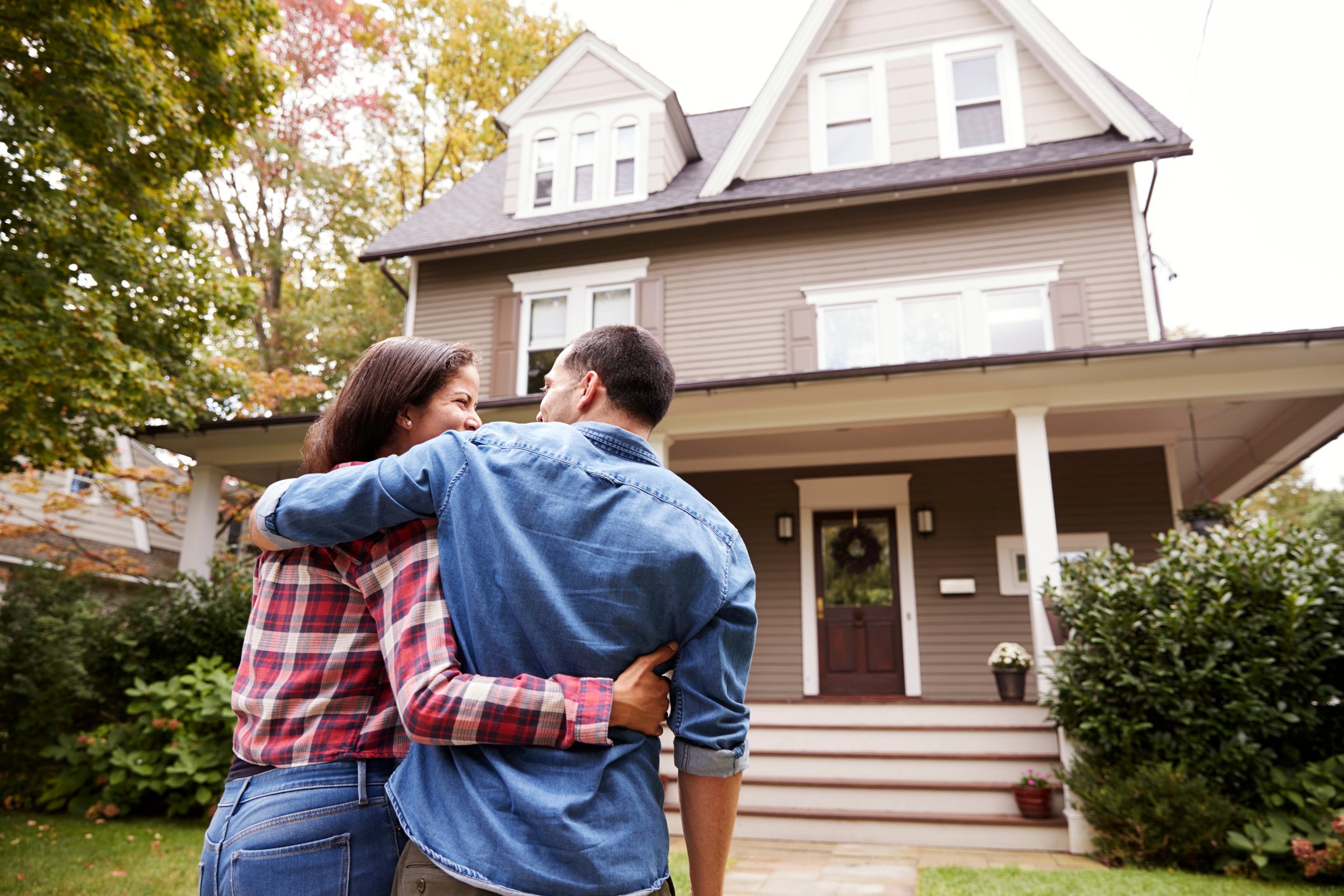Around three-quarters of Canadians (76%) who plan to buy a home in the next five years plan to use a down payment, but 24% of them say they haven’t yet started saving, according to NerdWallet’s 2023 Canadian Home Buyer Report.
Between the First Home Savings Account, tax-free savings accounts, and the Home Buyers’ Plan, which is best for Canadians who want to jumpstart the saving process? Well, you don’t necessarily need to choose just one. And there are some opportunities to transfer assets between these accounts to maximize tax benefits.
What is the FHSA?
The First Home Savings Account, or FSHA, is a new registered plan intended to help Canadians save money towards a first home purchase. In terms of its structure and tax-treatment, the FHSA is like a hybrid of an RRSP and a tax-free savings account.
How the FHSA works:
- Contributions are tax-deductible.
- Money inside the FHSA grows tax-sheltered, and withdrawals are tax-free (as long as the money is used for a qualifying home purchase).
- You can contribute up to $8,000/year, up to an overall maximum of $40,000.
- Unused contribution room can be carried forward.
- Deductions can also be carried forward and applied in future years (which is helpful if you anticipate an increase in income).
- The account can stay open for 15 years or until the account holder is 71 years old.
- If you don’t purchase a home, your FHSA can be transferred tax-free to your RRSP or RRIF without affecting contribution room.
- If you make a direct withdrawal from your FHSA for something other than a home purchase, the withdrawal is taxable as income.
Who the FHSA is best for
Any first-time home buyer would do well to incorporate an FHSA into their savings strategy. With deductible contributions (and the ability to carry forward the deductions to higher-income years), it’s also a great tax-planning tool.
And, if your RRSP retirement savings are ahead of schedule, you could transfer some of your RRSP assets to an FHSA, subject to the FHSA contribution guidelines, and enjoy tax-free withdrawal of the money (unlike RRSP withdrawals which are fully taxable, or Home Buyers’ Plan withdrawals which need to be repaid).
What is a TFSA?
A tax-free savings account, or TFSA, is a flexible registered investment account in which you can stash money for any financial goal your heart desires. Contributions are not tax deductible, but withdrawals, and any investment growth within the TFSA, is tax-free.
How a TFSA works:
- Allowable contribution room increases each year by a designated amount (for 2023 it is $6,500).
- Unused contribution room has been accumulating since 2009 for every Canadian resident over 18 with a Social Insurance Number. Total 2023 contribution room for somebody who meets this criteria is $88,000.
- Withdrawals are tax-free, and the withdrawal amount is added back to your available contribution room the following year.
Who the TFSA is best for
TFSAs aren’t specifically or solely for saving up for a home purchase, but they can be a useful tool for folks who are doing so, especially those without RRSP funds to spare, or who can’t qualify as a first-time home buyer.
With tax-free withdrawals, no need to repay the money, and the re-addition of withdrawal amounts to available contribution room in the future, TFSAs might also be the better choice for folks who have yet to decide a firm timeline for buying — or who think they might change their mind down the road.
If you already have assets in a TFSA that you intend to use for a home purchase, you could transfer money from your TFSA to your FHSA (subject to contribution limits) and receive a tax deduction for the amount transferred.
What is the Home Buyers’ Plan?
The Home Buyers’ Plan, or HBP, allows Canadians to borrow up to $35,000 from their RRSP for a first-time home purchase. You need to repay the withdrawal amount over the next 15 years or have the repayment amount added to your taxable income for the year.
How the HBP works:
- You must qualify as a first-time home buyer to make the withdrawal (similar to the FHSA, you cannot have owned a home you lived in for the last five years).
- You can withdraw up to $35,000 for costs associated with a first-time home purchase (this may be extended up to $70,000 for couples).
- The minimum annual repayment is 1/15th of the amount withdrawn.
Who the HBP is best for
If you have been actively investing in your RRSP for many years and the majority of your overall assets are inside your RRSP, then borrowing from it for the Home Buyers’ Plan may make sense. If you are in a high income tax bracket, you can enjoy the tax deductibility of your RRSP contributions (just make sure you are reinvesting the tax refund to maximize value).
But because of the requirement to repay HBP withdrawals, it may make more sense to maximize tax-deductible FHSA contributions first, before investing money into your RRSP with the intention of using it for the HBP.
FHSA vs TFSA vs HBP
| FHSA | TFSA | HBP | |
|---|---|---|---|
| Eligibility | Canadians 18 or older who are first-time home buyers. | Canadians 18 or older with a valid Social Insurance Number (SIN). | Canadian residents with RRSPs who are first-time home buyers. |
| 2023 Contribution Limit | $8,000 | $6,500 | N/A |
| Contributions tax-deductible? | Yes | No | Yes — when initially made to an RRSP. |
| Tax-free withdrawals? | Yes — if used for a home purchase or transferred to an RRSP. | Yes | Yes — if the required amount is paid back into your RRSP on time. |
Where you save matters less than when you start
Canada’s strict lending rules make down payments a critical part of home affordability — especially for first-time buyers. Homes priced at $500,000 or below require at least 5% down —$25,000 minimum — and there are precious few houses to be found at that price point right now.
A home selling for Canada’s average sale price in January 2023, $612,204, would require a down payment of at least $36,220. That’s a big chunk of change to stash away no matter what tax breaks you get or compound interest you earn — and it will take most people years to accomplish.
To ensure you’re set up to pass the mortgage stress test, it’s important to start saving money for a down payment as soon as possible, regardless of when you plan to buy. Ultimately, any account that earns a high rate of interest is a reasonable place to stash your down payment savings. Then, think about whether a TFSA, HBP or the forthcoming FHSA might be the right way to amplify those savings.
DIVE EVEN DEEPER

Calculator: How Much Mortgage Can You Afford?
Use our mortgage affordability calculator to see how your interest rate, down payment and debt ratios affect your housing budget.

5-Year Fixed Mortgage Rates
Compare customized 5-year fixed mortgage rates from Canada’s best lenders and brokers for free. Find the lowest mortgage rate and apply for the home loan that best fits your needs.

Best Tax-Free Savings Account Rates in Canada for 2025
The best high-interest tax-free savings accounts (TFSAs) have minimal fees and earn high rates of interest.

First-Time Home Buyer Grants and Assistance Programs
Various grants and assistance programs in Canada can make it easier and more affordable to buy your first home.

